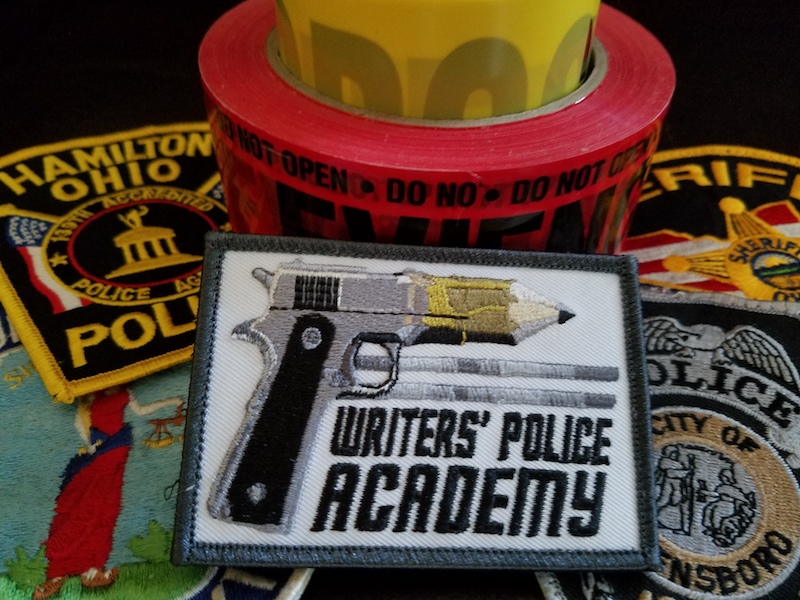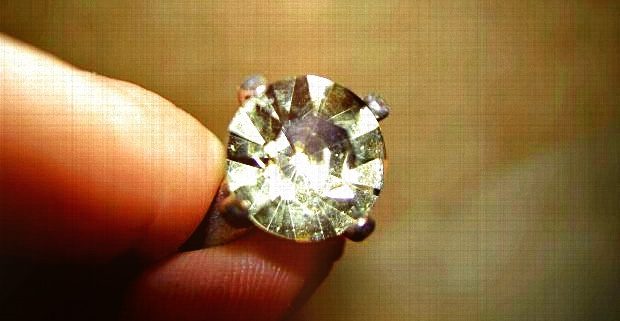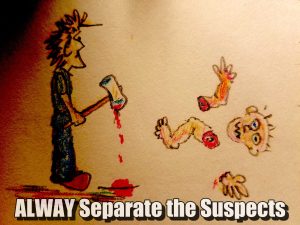The abandoned factory sat just across the county line. Its towering and crumbling red brick smokestacks stood like fingers pointing to the sky. Portions of the building’s red brick facade and stacks appeared as if they’d been devoured by mounds of deep green kudzu.

A vast asphalt parking lot and an array of driveways surrounded the enormous building, a place where hundreds of employees once buzzed about like bees in a hive.
During its heyday, rows upon rows of workers sat side-by-side at long metal tables, operating industrial sewing machines. Others were charged with dying operations, driving forklifts, and pushing the buttons and dialing the knobs of machinery that clicked and clacked and whirred as they transformed tiny threads into enormous rolls of various types of cloth. Floor sweepers maneuvered back and forth in the corridors and spaces between equipment. Their nonstop to-and-fro movements were much like the mechanical and mindless ducks in a shooting gallery.
An in-house machine shop contained every tool imaginable for the repair of equipment from the smallest of contraptions to the hulking and huffing and puffing metal machinery, some the size of buses. There, highly skilled professionals wore heavily soiled overalls and displayed a shift’s worth of jet-black grease stains on their faces and hands. They went about the business of fixing and mending and fabricating at a never-ending pace, round the clock, seven days per week. Likewise, the factory workers tended to their never-ending tasks that, too, were divided into three round the clock shifts.
A constant flow of tractor trailers arrived empty and left filled with goods, heading to other factories where the materials would be transformed into an assortment of consumer goods.
Then, without notice, came the layoff notices and one by one workers were let go, machinery slowed, lights ceased to flash, motors stopped turning, and the factory quickly began to die. Paint peeled, roofing sagged, and pipes leaked. Weeds sprouted through cracks in the parking lot and driveways. With the end of truck traffic the wild plants and stalks flourished and propagated and spread and grew and grew and grew.
Rats and roaches replaced workers. Raccoons and opossums took over office spaces.
Vandals arrived to break windows and leave behind painted symbols and signs. Teenagers held spooky nighttime seances. Others smoked pot and drank beer and cheap wine and told stories of ghosts who roamed the empty hallways and cavernous spaces.
We received a call from a concerned citizen who’d reported seeing what appeared to be a person inside the factory, using a flashlight to find their way. It was just after midnight and the caller said “something just didn’t seem right.” She was absolutely correct.
Inside the factory, using our bright Maglights to help find our own way, we stepped into a room big enough to contain two high school gymnasiums. Inside the sprawling space we waded through an assortment of monstrous machinery and rows of metal racks. The roof sagged and dripped oily water. Rust coated the steel supports that crisscrossed the upper spaces. Field mice scurried along tabletops and among the broken glass that littered the floors. Roaches as big as my thumb scattered and slid into cracks and crevices when the powerful beams of our flashlights illuminated them.
And that, in that huge room among the mice droppings, dripping water, massive insects, and eerie echoes, is where we found the boy. His body hung from a thick and long, black extension cord that connected his neck to a steel beam that supported an upper floor. Two loops of cord around the neck were held in place by a granny knot.
The boy, barely a teenager, wore a dark t-shirt, shorts a bit too big for his narrow frame, dirty white socks, and one black Converse tennis shoe. Its mate, the left one, was on the floor beneath the body. Also under the boy’s body was old office chair. The seat was on its side with its wheels two or three inches from the left shoe, which was also on its side.
His eyes and mouth were open, as if locked in a silent, terror-induced scream. His skin was cool and firm to the touch. There was no flashlight and without it there was no way the boy could’ve found his way through the pitch black darkness to find the room, find a chair and cord, attach the cord to a rafter, and so on. You couldn’t see your hand in front of your face inside that place without the assistance of a light of some kind.
The knot that held the cord closed and tightly to the boy’s flesh was positioned on the right side of the neck. According to his mother, the boy was left-handed and to use his right would have been extremely awkward, unlike many left-handers who are fairly fluid with the use of both. Still, a knot on either side of the neck is not a particularly strong indication of left- or right-handedness. A point to consider if all else failed.
The victim’s friends said he’d been hanging out with a group of older teens who sold drugs They said the boy was not a user, not even pot. However, an autopsy indicated the presence of cocaine and pot. The examination also showed bruising in various spots on the body, including the areas around the wrists and forearms, as if someone had held him there, tightly. The signs pointed to a beating and a murder.
Still, the medical examiner ruled the death as a suicide. I knew better. Remember, the call came in as a report of someone seeing a light inside the factory. There was no flashlight to be found and common sense told me that flashlights don’t grow legs and flee crime scenes. So, in spite of the official ruling and based solely on the witnesses claim of seeing a light, and common sense, I continued to investigate and it didn’t take long to learn the truth.
The boy sold drugs for a known dealer. While selling those drugs he caved to peer pressure and began using. Then he became hooked. His habit grew to a point greater than he could afford so he started using the drugs he was given to sell. Then, as is often a problem, he was quickly unable to pay his dealer and went deeper and deeper into debt.
So they killed him. And they left his body swaying in an abandoned warehouse among rats and mice and roaches and raccoons and opossums and rust and broken glass, dripping oily water, and eerie echoes.
A few days after the boy’s funeral, teenagers, those who went to the factory at night to drink and to smoke pot and to tell tall and spooky tales, had a new ghost story to tell, one of a new spirit roaming the factory corridors. Many claimed to have seen the dead boy hanging from the rafters, especially on Halloween nights. Passersby sometimes said the boy appeared at the windows, peering out from behind cracked glass.
As a result of those vivid imaginations we’d sometime receive calls of people seeing what appeared to be a person inside the factory using a bright flashlight to find their way. And we’d investigate. Of course, we never found a single ghost, but each time I went, even though it was just a memory, I did indeed see that poor boy hanging from the rafters. It’s one of those things you never forget.
The cause of death, by the way, was changed to Murder, a fact I never doubted, not even for a second. So remember, writers, sometimes it’s “the thing” that isn’t there, such as a the flashlight in this case, that’s the key to solving a crime.




 Using the back of her left hand to quickly mop away the sweat from your forehead, brows, and eyes, Miss Mary used the right to push open the door. And, just as she stepped inside she heard the creep say to his young lover, “Hold me tight, baby, and please, please me.”
Using the back of her left hand to quickly mop away the sweat from your forehead, brows, and eyes, Miss Mary used the right to push open the door. And, just as she stepped inside she heard the creep say to his young lover, “Hold me tight, baby, and please, please me.”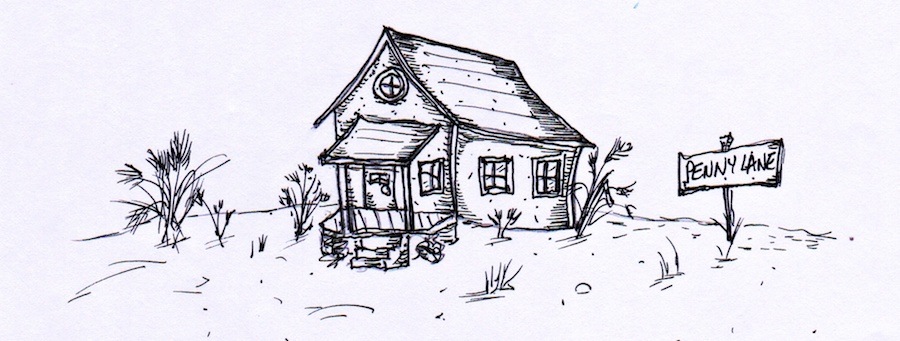
 Okay, with that said, let’s shorten this long story.
Okay, with that said, let’s shorten this long story.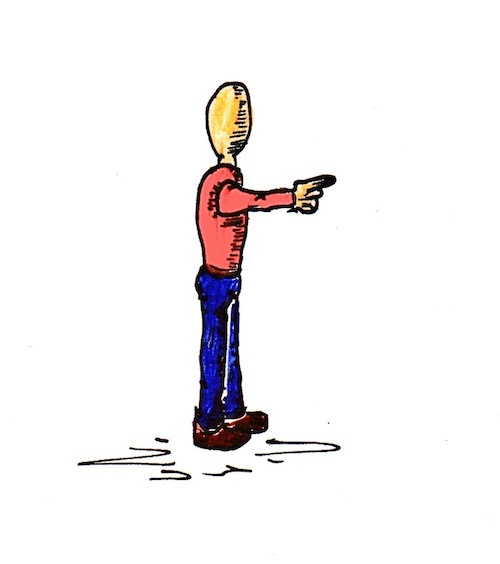 Speaking of cystic fibrosis, here’s something you may not know:
Speaking of cystic fibrosis, here’s something you may not know: